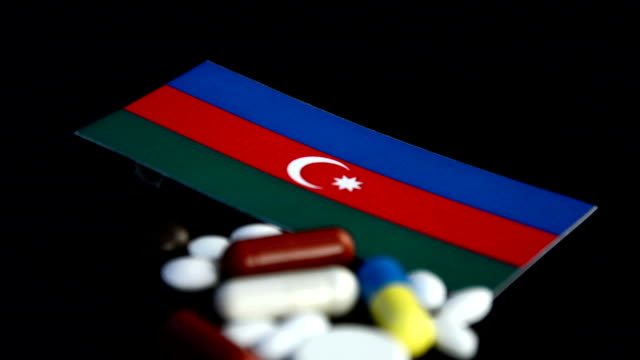Medicine in Azerbaijan

On the eve of the breakup of the Soviet Union in 1991, the number of physicians per 1,000 people in Azerbaijan was about four, the number of hospital beds about ten, and the number of pharmacists about seven--all figures below average for the Soviet Union as a whole.
According to reports, in the late 1980s some 736 hospitals and clinics were operating in Azerbaijan, but according to Soviet data some of those were rudimentary facilities with little equipment.
Medical facilities also include several dozen sanitoriums and special children's health facilities.
The leading medical schools in Azerbaijan are the Azerbaijan Medical Institute in Baku, which trains doctors and pharmacists, and the Institute for Advanced Training for Physicians. Several research institutes also conduct medical studies.
After the breakup of the Soviet Union, Azerbaijan's declining economy made it impossible for the Azerbaijani government to provide full support of the health infrastructure.
Shortages of medicines and equipment have occurred, and some rural clinics have closed.
In 1993 a Western report evaluated Azerbaijan's sanitation, pharmacies, medical system, medical industry, and medical research and development as below average, relative to similar services in the other former Soviet republics.
In 1987 the leading causes of death in order of occurrence were cardiovascular disease, cancer, respiratory infection, and accidents.
The official 1991 infant mortality rate--twenty-five per 1,000 population--was by far the highest among the Transcaucasian nations. International experts estimated an even higher rate, however, if the standard international definition of infant mortality is used.